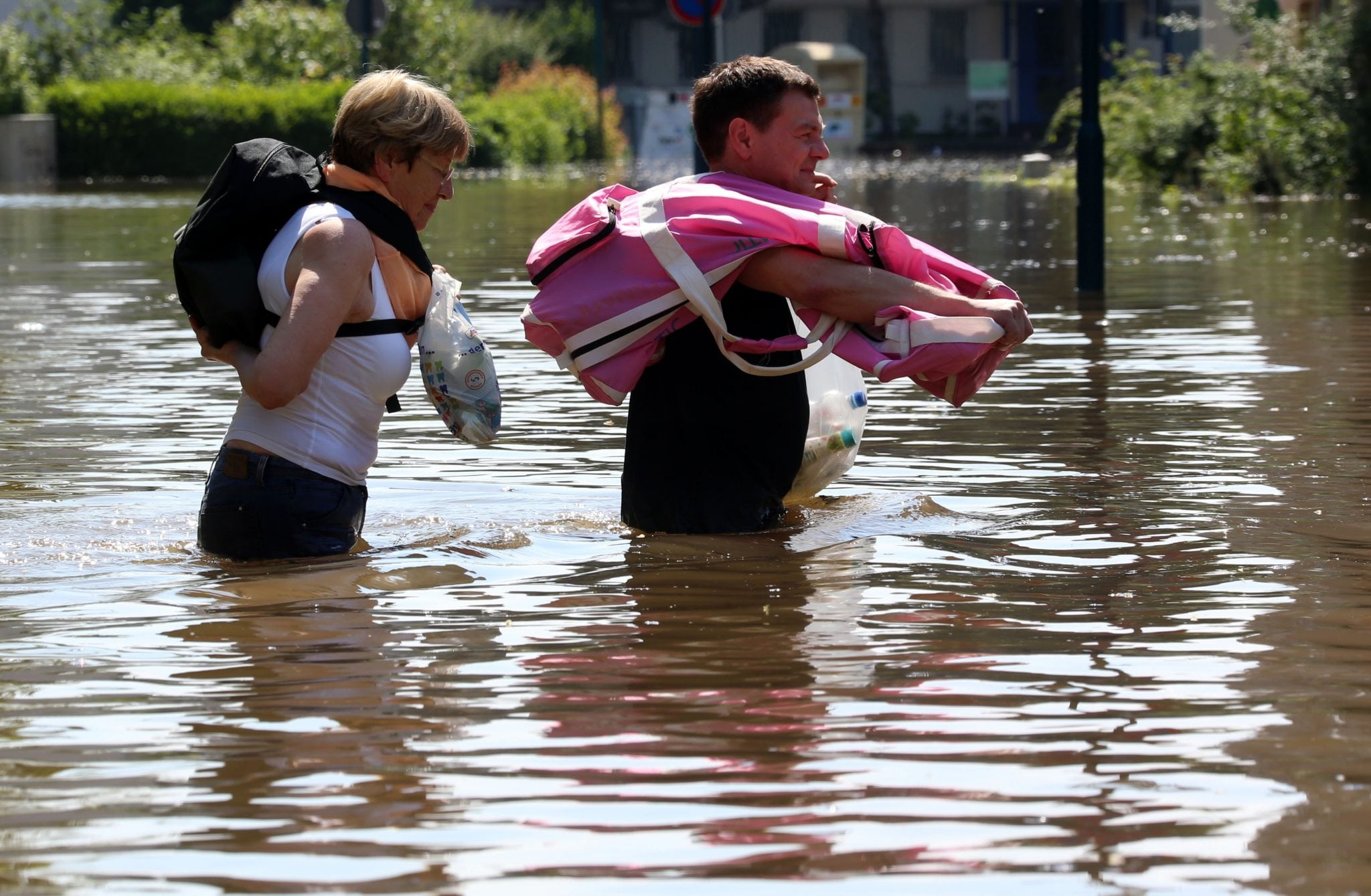Skift Take
We can read that snowfall will change and waters may rise, but there's no way to tell how much the environmental changes will alter people's disposable income or ability to travel.
Last week we started a series on the impact of climate change on tourism businesses and regions around the world, based on a recently released report from the United Nations scientific panel Intergovernmental Panel on Climate Change.
The first in the series was the effect of these changes on coastal and low-lying areas. The second was about the effect on small island nations.
The third extract in the series is the impact of climate change and global warming on the continent of Europe:
After 2050, tourism activity is projected to decrease in southern Europe and increase in Northern and Continental Europe. No significant impacts on the tourism sector are projected before 2050 in winter or summer tourism except for ski tourism in low altitude sites and under limited adaptation. Artificial snowmaking may prolong the activity of some ski resorts.
———————
The climate for general tourist activities especially after 2070 is expected to improve significantly during summer and less during autumn and spring in northern Continental Europe, Finland, southern Scandinavia and southern England.
For the Mediterranean, climatic conditions for light outdoor tourist activities are expected to deteriorate in summer mainly after 2050, but improve during spring and autumn.
Thus, from 2050, domestic tourism and tourist arrivals at locations in Northern and parts of Continental Europe may be enhanced at the expense of Southern locations.
The age of tourists, the climate in their home country, local economic and environmental conditions (e.g. water stress, tourist development) are also critical.
Tourism in mountainous areas may benefit from improved climatic conditions in summer. However, natural snow reliability and thus ski season length will be adversely affected, especially where artificial snowmaking is limited. Low-lying areas will be the most vulnerable.
Tourist response to marginal snow conditions remains largely unknown, while changes in weather extremes may also be critical. Up to 2050, demographic changes (e.g. population declines in source countries, ageing populations) may have a higher impact than climate change.
Artificial snowmaking has physical and economic limitations, especially in small sized and low-altitude ski stations, and increases water and energy consumption. Shifts to higher altitudes, operational/ technical measures and year-round tourist activities may not fully compensate for adverse impacts.
The Daily Newsletter
Our daily coverage of the global travel industry. Written by editors and analysts from across Skift’s brands.
Have a confidential tip for Skift? Get in touch
Tags: climate change, environment, un
Photo credit: Floods in central Europe create havoc last year. Jens Buettner / AP Photo/dpa
